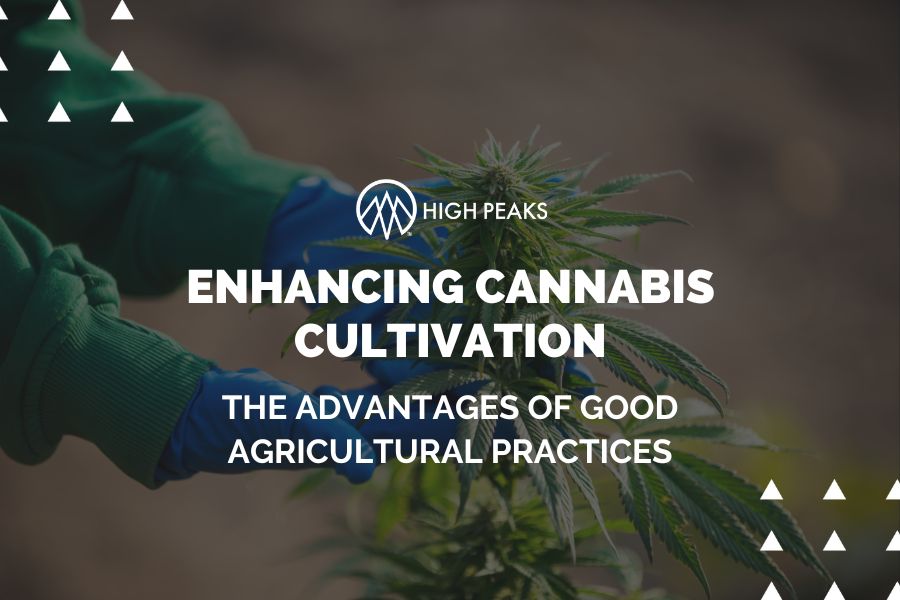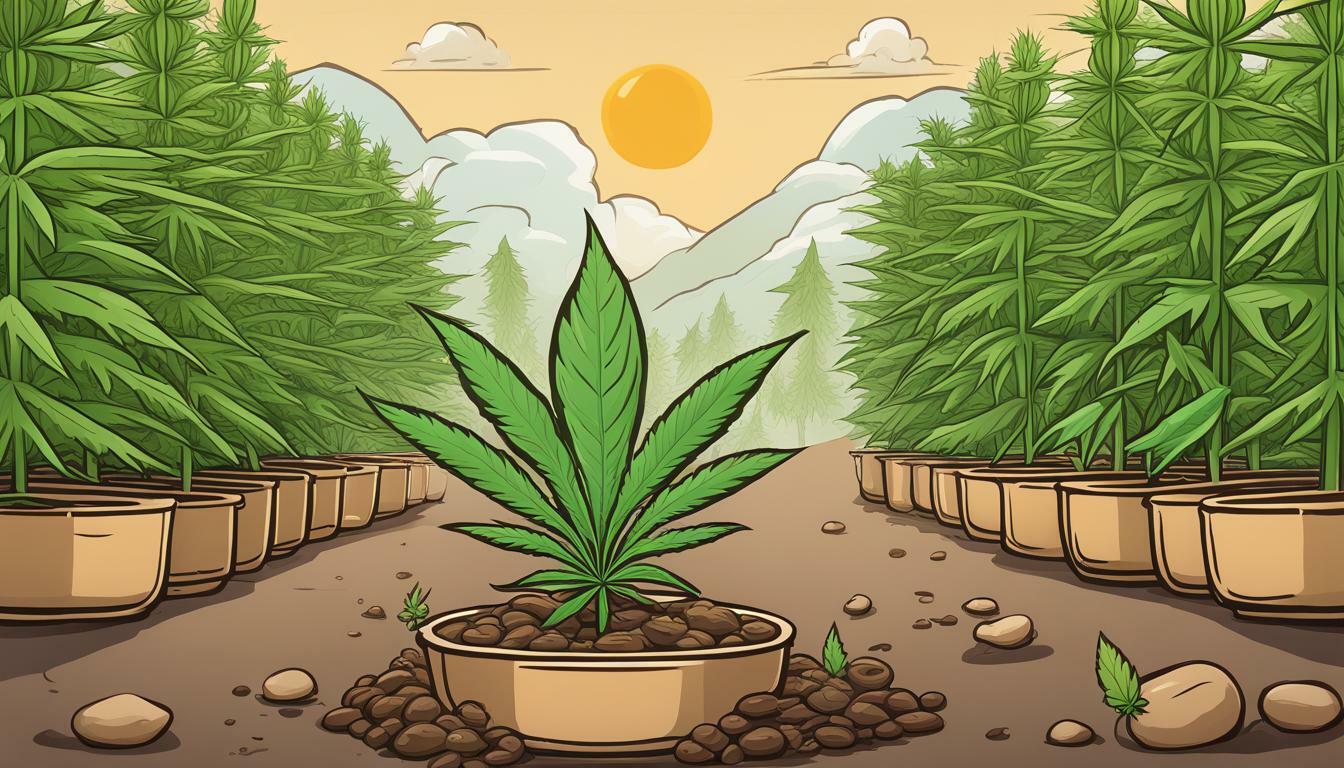
Cannabis and Wearable Tech: Monitoring Consumption and Effects in Real-Time
In today’s society, the responsible use of cannabis is becoming increasingly important. With the recent legalization of cannabis in many

With the rapid expansion of the cannabis industry, the importance of sustainable, efficient, and responsible cultivation practices has never been more crucial. Good Agricultural Practices (GAPs) offer a comprehensive set of guidelines aimed at optimizing agricultural product quality and safety while minimizing environmental impact.
For cannabis cultivation, embracing GAPs can unlock a multitude of benefits, such as improved product quality, increased profitability, and heightened consumer trust. In the following sections, we will delve into three key advantages gained by implementing GAPs in cannabis cultivation: enhanced product quality, environmental sustainability, and consumer trust.
By adopting GAPs, cannabis cultivators can significantly improve the quality and consistency of their products. These practices encompass everything from soil management to pest control, ensuring that plants receive optimal care throughout the cultivation process. Good cannabis agricultural practices can help maintain the ideal balance of nutrients and moisture in the soil, leading to healthier plants with higher yields.
Additionally, strict adherence to GAPs can prevent the spread of diseases and pests, which can wreak havoc on cannabis crops and result in poor product quality. Overall, incorporating GAPs into cultivation processes ensures that the end product meets the highest standards of quality and consistency, ultimately benefiting both the producer and the consumer.
As the cannabis industry grows, the need for sustainable practices becomes increasingly critical. Implementing GAPs can greatly reduce the environmental impact of cannabis cultivation. For example, by optimizing irrigation systems and employing efficient water management techniques, cultivators can conserve water resources and minimize runoff. Furthermore, integrated pest management (IPM) techniques can be employed to control pests and diseases without relying solely on chemical pesticides, reducing the potential for harmful residue on products and limiting environmental pollution.
GAPs also promote the use of renewable energy sources, such as solar or wind power, and encourage the recycling and responsible disposal of waste materials. By embracing sustainable practices, cannabis cultivators can contribute to the long-term health of the environment and help preserve natural resources for future generations.
In an increasingly competitive market, consumer trust is paramount. By implementing GAPs, cannabis cultivators can demonstrate their commitment to quality and safety, fostering trust among consumers. This can be particularly important as many consumers seek products that are ethically produced, environmentally friendly, and free from harmful chemicals or contaminants.
Furthermore, as regulations surrounding cannabis cultivation continue to evolve, adhering to GAPs can help cultivators stay ahead of potential legal requirements and avoid costly fines or penalties. In some cases, certification programs are available that formally recognize adherence to GAPs, providing a valuable marketing tool for cultivators to distinguish their products in a crowded marketplace.
The implementation of Good Agricultural Practices in cannabis cultivation offers numerous benefits, including enhanced product quality and consistency, environmental sustainability, and consumer trust. By embracing these practices, cannabis cultivators can not only improve their products but also contribute to the long-term growth and stability of the industry. As the demand for cannabis continues to rise, the adoption of GAPs will become increasingly important in ensuring the success of both individual cultivators and the industry as a whole.

In today’s society, the responsible use of cannabis is becoming increasingly important. With the recent legalization of cannabis in many

As the cannabis industry continues to grow and evolve, new technologies are emerging to enhance the shopping and education experience.

The cannabis industry is booming, with legal and medical cannabis becoming more widely accepted and available. However, concerns over product